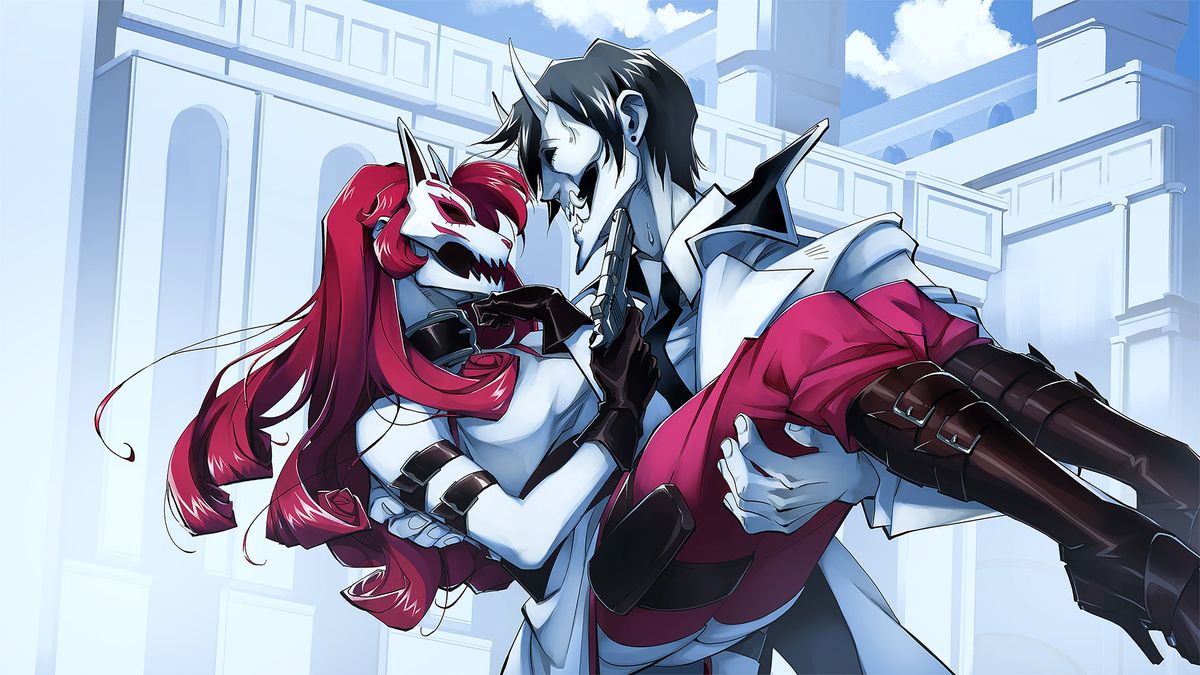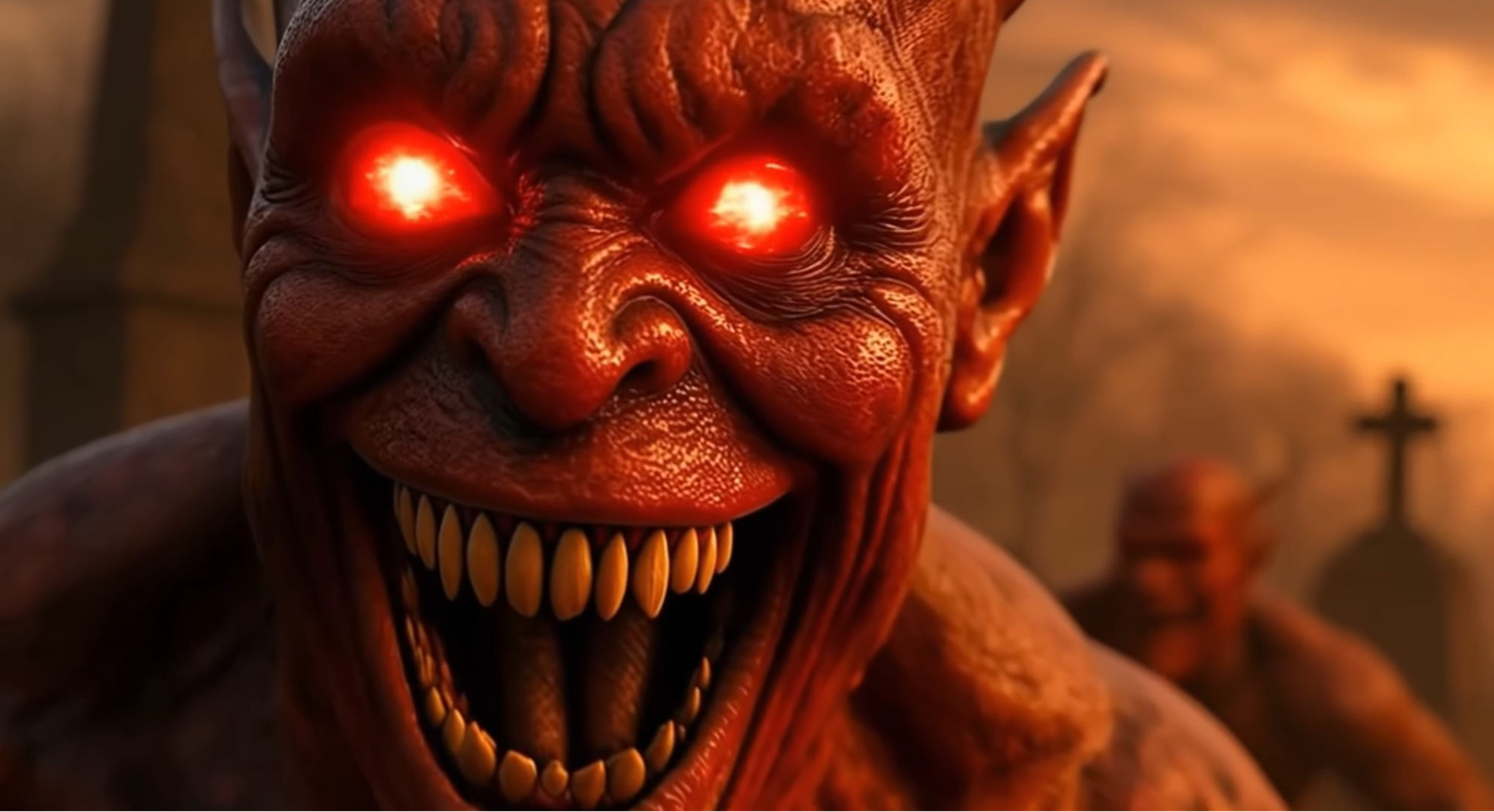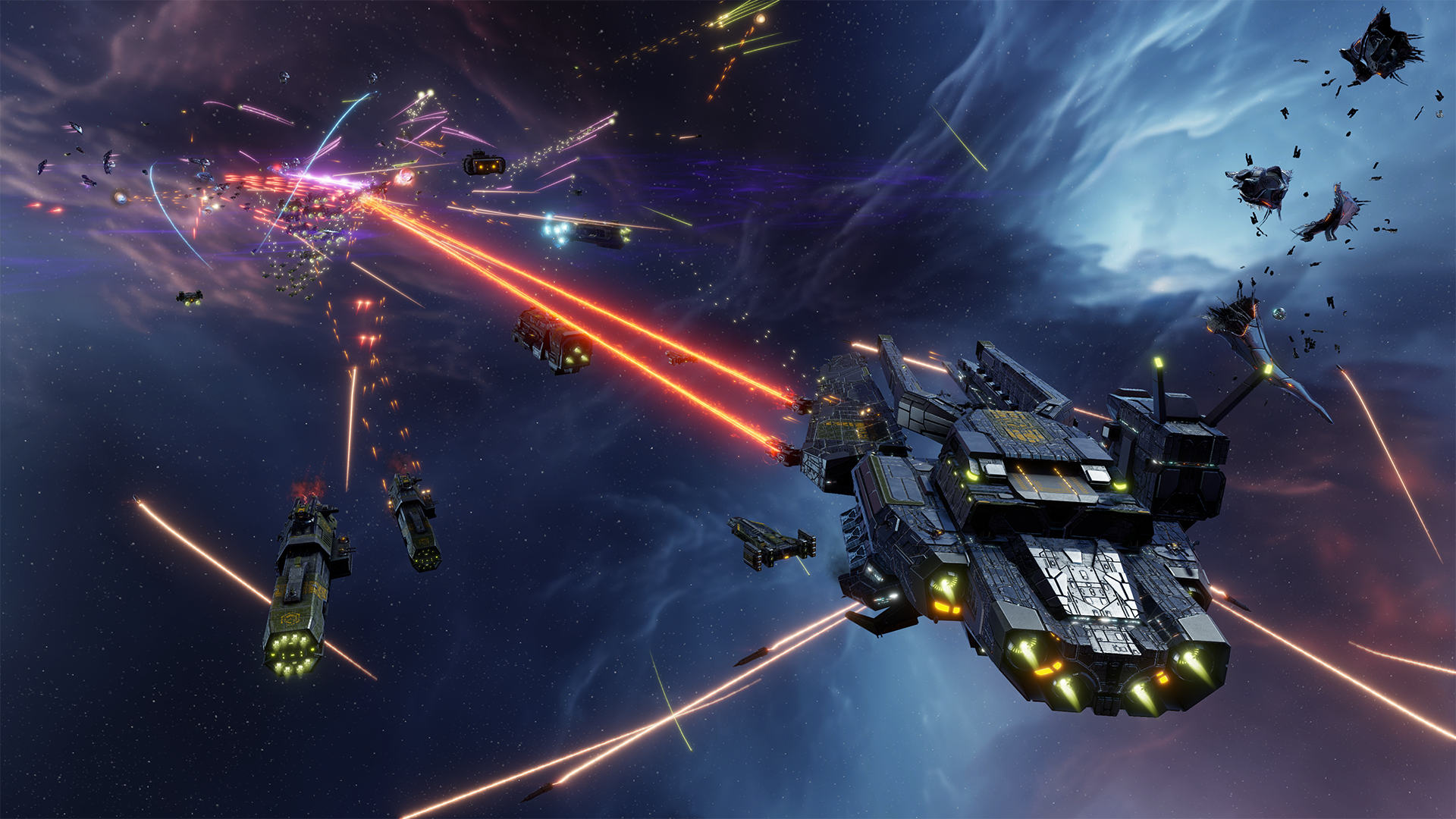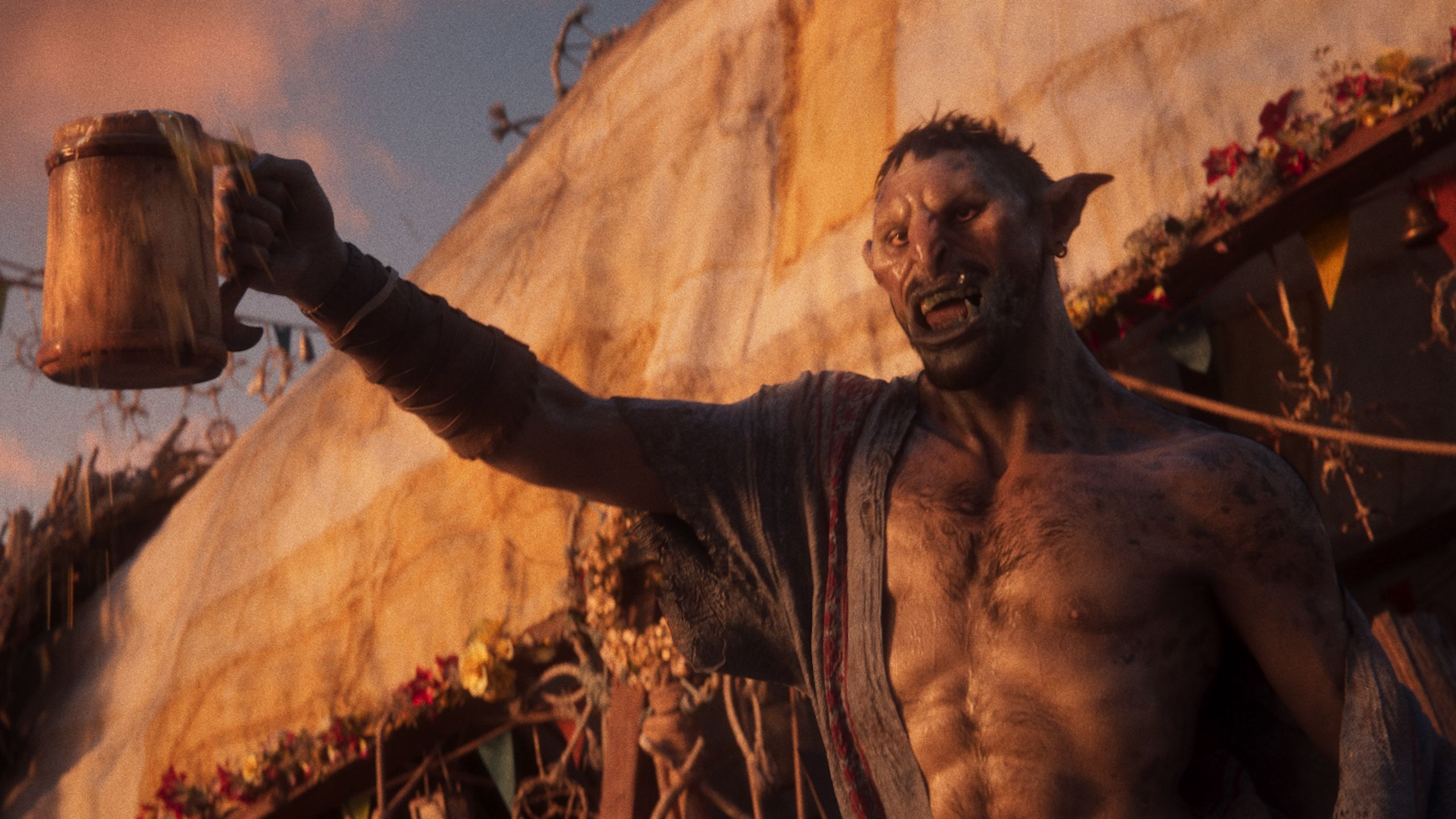2018 was nearly five years ago, huh? It seems like we were just playing 2016’s Doom, excited by something new—or rather, something gleefully old—after a decade of shooters molded in the image of Call of Duty. Thankfully there’s a small mercy in this disturbing adjustment to the flow of our temporal reality: it’s also carried over to shooter games, marking an end to the era of waist high cover and stop-and-pop shooting.
The most important shooters of the last five years got aggressive, nostalgic, confident, and even embraced a specific kind of ugliness. Others found (or hoped and failed to find) themselves at the epoch of commercial success.
1. Doom Eternal (2020)
Developer: id Software | Our review (94%)
Doom Eternal, even more than 2016, is a legacy sequel/reboot done right. It uses the set dressing of Doom to completely wild out, drawing upon character-action heavyweights Bayonetta & Devil May Cry, with a similarly impeccable sense of style. The gameplay is difficult to talk about, because my memories of it are almost purely abstract visualizations of the color red. It is a shooter, yes, but whenever I’ve sung its praises I typically refer to it as a “First Person Act of God simulator.” To rip and tear in Doom Eternal is a treat like no other—you are the pilot of a violence engine running at mach five, the push-forward combat demanding equal parts precision and cunning. The accompanying sound design is unmatched—oppressively sludgy Soviet-era bass synths bridge together demonic guitar wails, a perfect compliment to the apocalyptic cyberpunk-meets-high-fantasy setting.
Doom Eternal overflows with an infectious enthusiasm and sincerity in a way few other games do. It effectively uses the trappings, the loose ideas and suggestions of its predecessors, as inspiration for something bold and new, something rarely seen in a triple-A release.
2. Dusk (2018)
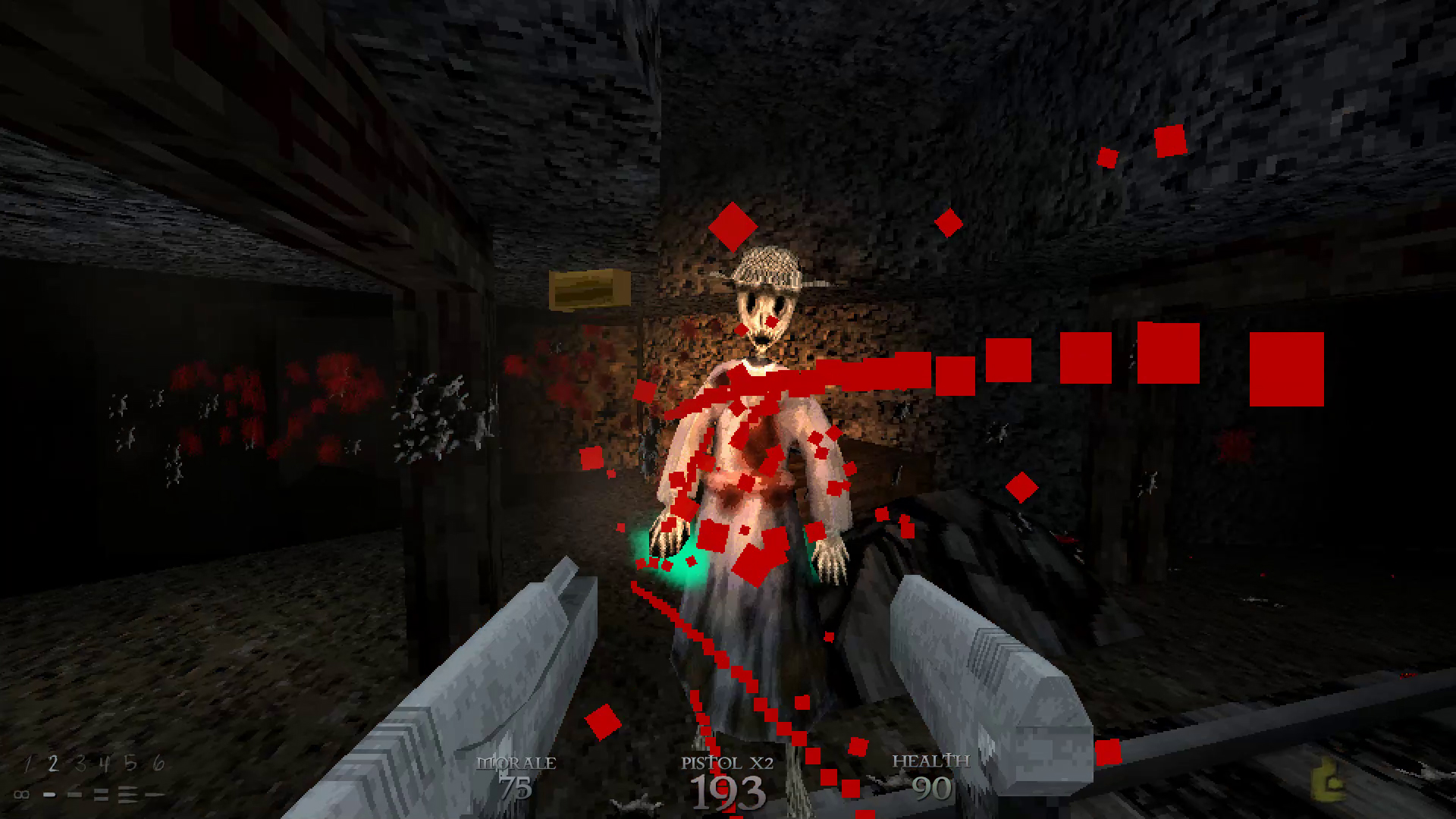
Developer: David Szymanski | Our review (89%)
In stark contrast to Doom Eternal, Dusk is comparatively minimalist, a stripped down approach to the retro-FPS formula. Dusk faithfully takes the best elements of classics Doom 2, Quake 1 & 3, and Blood, and crams them together into a game actually worth finishing. Dusk plays like a masterfully curated museum exhibit, each level thoughtfully evoking historic FPS corridors. A booming metal score by boomer shooter darling Andrew Hushult perfectly complements the black metal aesthetic, cleverly pulling from source material ranging from Twin Peaks to The Shadow over Innsmouth.
Dusk is an oldhead’s dream, proof that the indie shooter has a dedicated audience, and has since served as a rock-solid foundation for New Blood Studio to release the equally inspired Amid Evil, Gloomwood, and Ultrakill.
3. Neon White (2022)
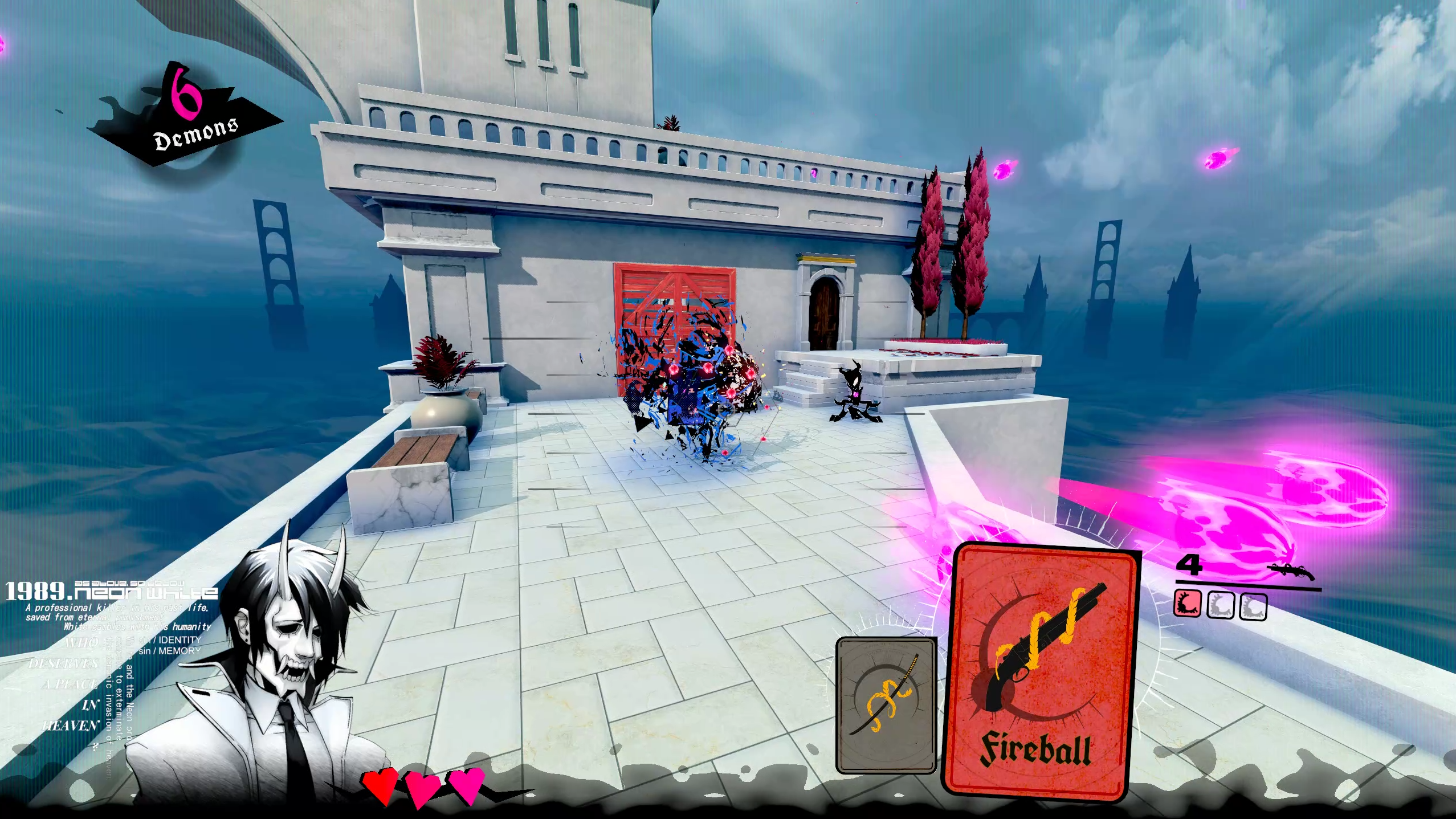
(opens in new tab)
Developer: Angel Matrix | Our review (85%)
Neon White is weird—aesthetically, it’s a chaotically ugly remembrance of dubbed anime and Sega Dreamcast bootlegs boosted by Machine Girl’s pumping breakcore OST. Jungle breakbeats sputter underneath aggressive hardstyle bass hits to heighten a brain-tingling pairing of precise speedrunning and reckless impulse.
Lead designer Ben Esposito stated that he sought out to make a “game for freaks”—speaking as someone with freak inscribed in every atom, Neon White’s sicko rave presentation and time trial scorechasing are a compelling vehicle for a package that mainstreams an outcast aesthetic and dysphoric soundscape. It highlights just how much soul can be added to a shooter by opening the gates to artists who aren’t afraid of getting a little ugly.
4. Cruelty Squad (2021)
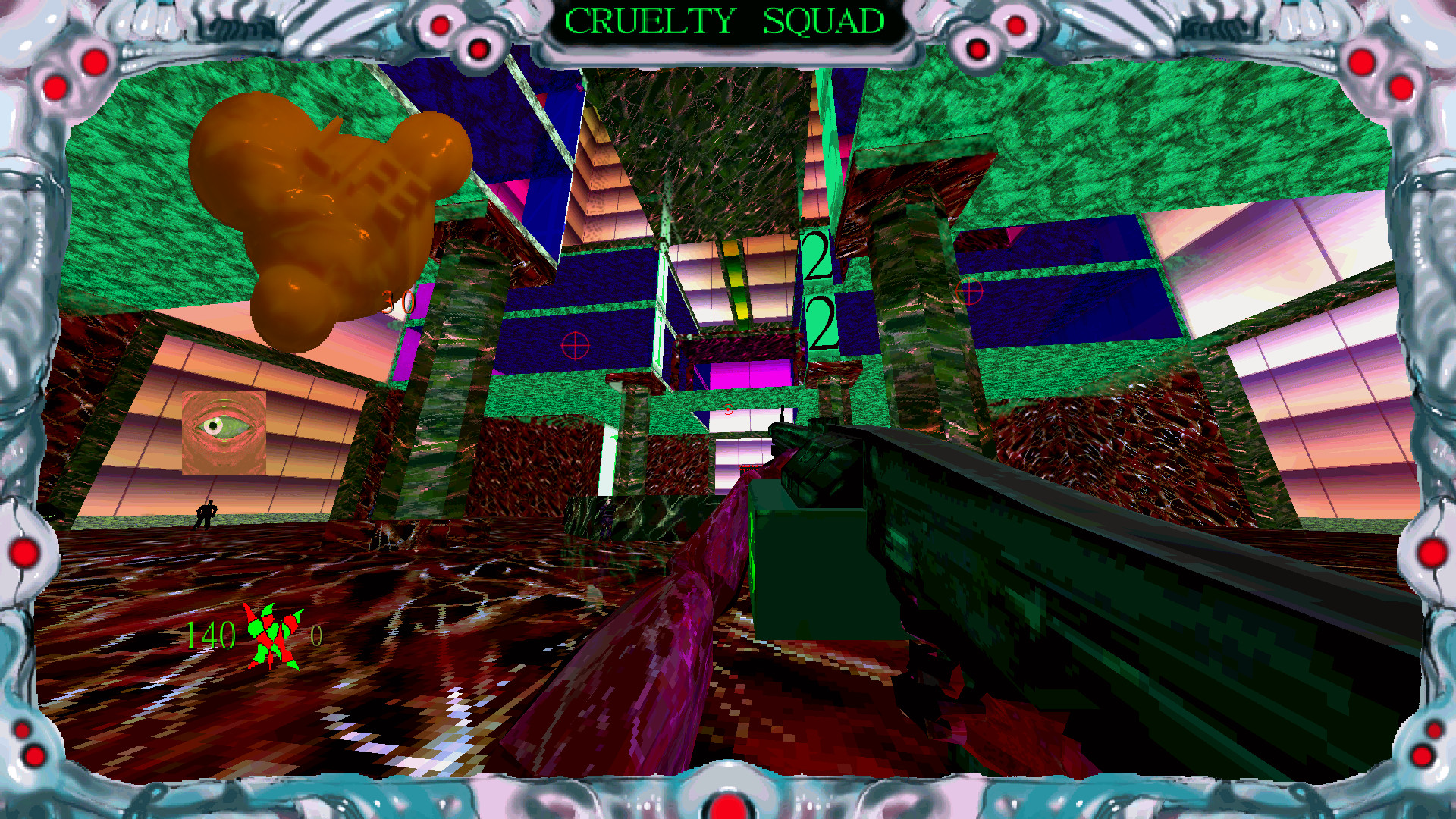
(opens in new tab)
Developer: Consumer Softproducts | Our review (93%)
Meanwhile, Cruelty Squad is big ugly. A realistic portrayal of urban living in the next two years, Cruelty Squad looks like how I expect dementia to feel. A low poly visual cacophony of stomach bile greens and infected-wound reds and yellows, Cruelty Squad brings immersive sim levels of interactivity to the wetwork of corporate contract killings. The sick thrill of speculating on government-backed organ securities before a mission and using your ill gotten profits to invest in new gear is without equal.
Cruelty Squad occupies a very specific niche—it’s a high-concept biopunk take on corporatocracy where everything looks and sounds like the worst geocities site of all time. Its deeply rotten world is bursting with personality, pus, and miscellaneous detritus. In contrast to the cheap, gaudy allusions to real world political violence that haunt the recent Modern Warfare campaigns, Cruelty Squad’s garish “Doordash says UberEats drivers are to be shot on sight” style shows how unpleasant, hostile art can thrive, even in the oppressively commercial realm of shooter games.
5. Fortnite (2017)
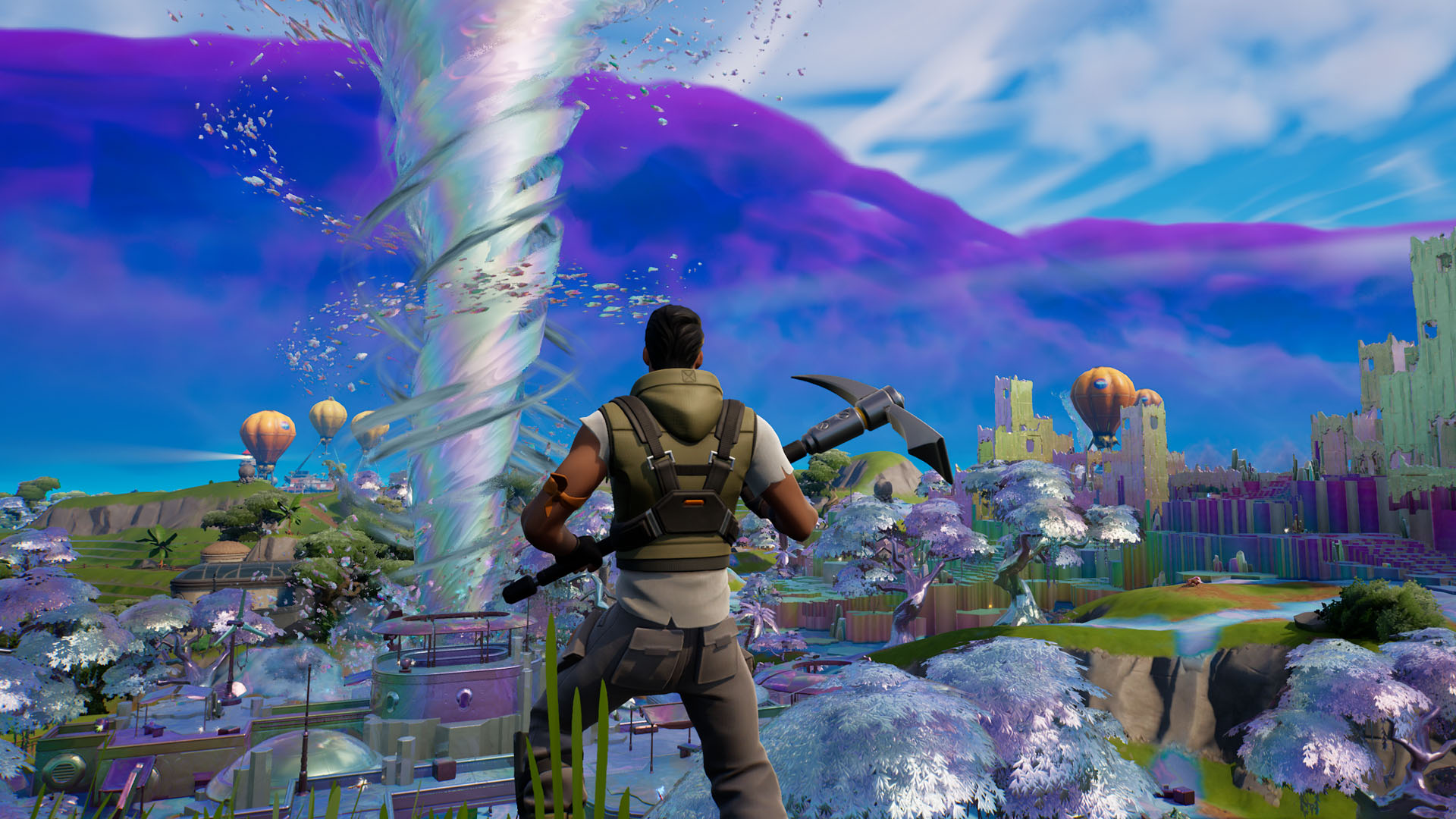
(opens in new tab)
Fortnite. A consensual hallucination experienced daily by millions of children in every nation. A graphic representation of cultural data extracted from marketing firms and transformed into consumer-grade digital noise. I can’t help but invoke Willliam Gibson’s vision of cyberspace whenever I discuss Fortnite, because just like Case in Neuromancer, I am hopelessly addicted.
Goku and Paul Atreides mag-dumping SMG fire into Michael Jordan. Azealia Banks and John Wick trading lightsaber blows at dusk. Darth Vader doing the Dougie over Naruto’s lifeless body. There’s something for everybody, not just with whatever celebrity or character you choose to masquerade as, but in game modes as well. Sure, Fortnite boasts a healthy competitive scene, but it also features a mind-boggling creative mode that’s encroached on junior high script-kiddie hyperpower Roblox, and the introduction of zero-build means that I’m no longer dancing with middle schoolers in a secondary competition of “who took more Vyvanse this morning.” A well-oiled machine perfectly tuned to churn out #content, Fortnite’s explosive popularity, cross-genre and cross-platform appeal, and continual rollout of increasingly self-aware seasons has rendered it one of, if not the, most important game at the decade.
6. Hunt: Showdown (2018)
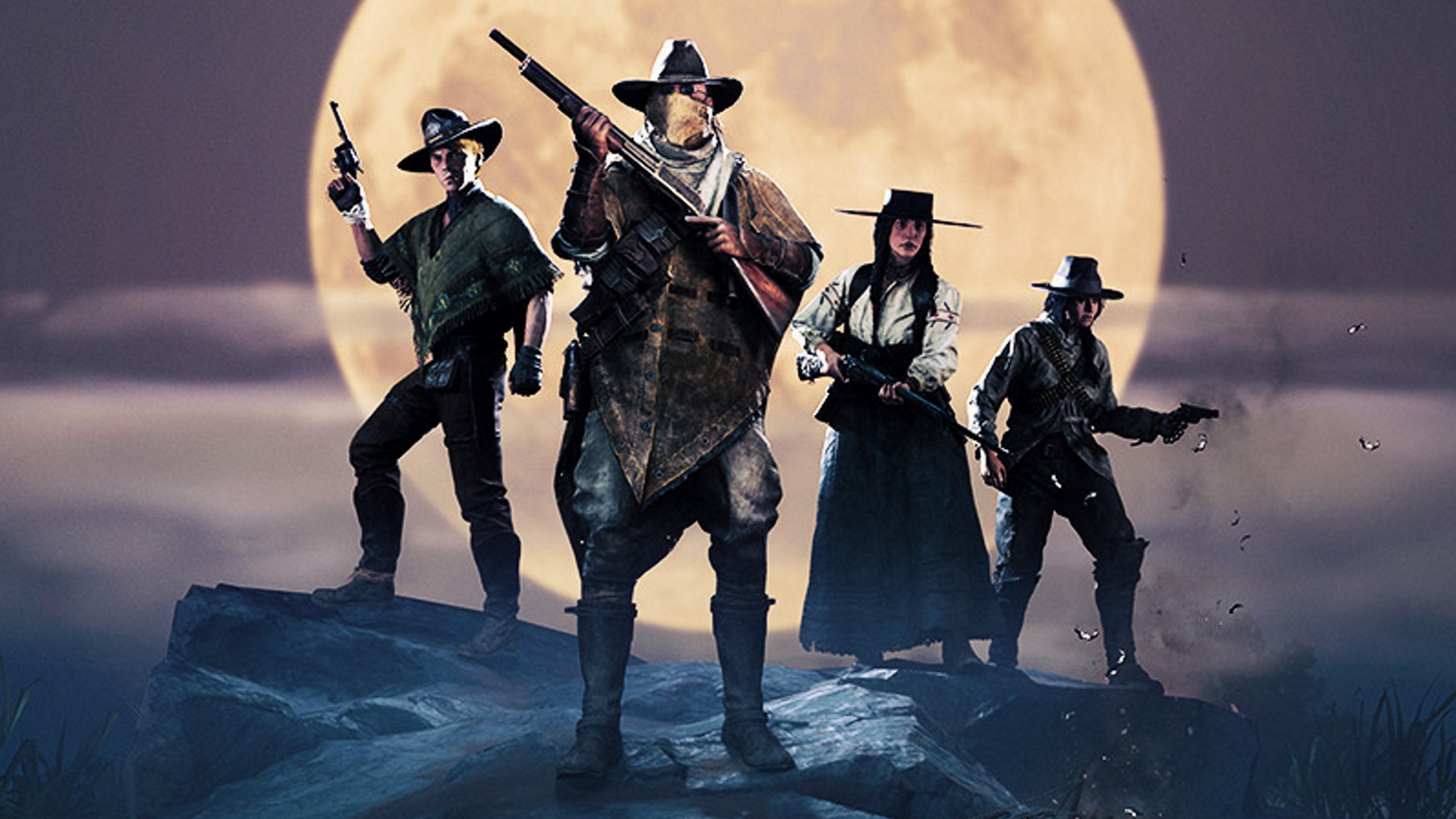
Developer: Crytek | Our review (74%)
It’s important for multiplayer shooters to be balanced, right? No one should have the ability to, I don’t know, bring an experimental automatic rifle into a 19th-century setting that otherwise includes swords, dynamite, and revolvers, right? That wouldn’t make things more fun for everyone… right?
Hunt: Showdown upsets the contemporary notion that ‘balanced’ is the most important thing for a shooter to be. It’s a game where you can deliberately solo-queue as a Level 0 “white shirt” with no traits and nothing in your inventory against decked-out trios of veteran hunters. It’s a game where a player who’s accumulated loads of in-game currency and wield that fortune to field loadouts with bigger bombs, healthier heals, and ammo that kills from a longer distance or inflicts poison, for example. And it’s a more interesting, nuanced, story-generating shooter as a result of these asymmetrical design decisions.
Escape From Tarkov helped establish some of the ideas that were the basis for Hunt, but Crytek’s game is the bold iteration of the extraction shooter that we hold up as our favorite in 2022.
7. Halo Infinite (2021)
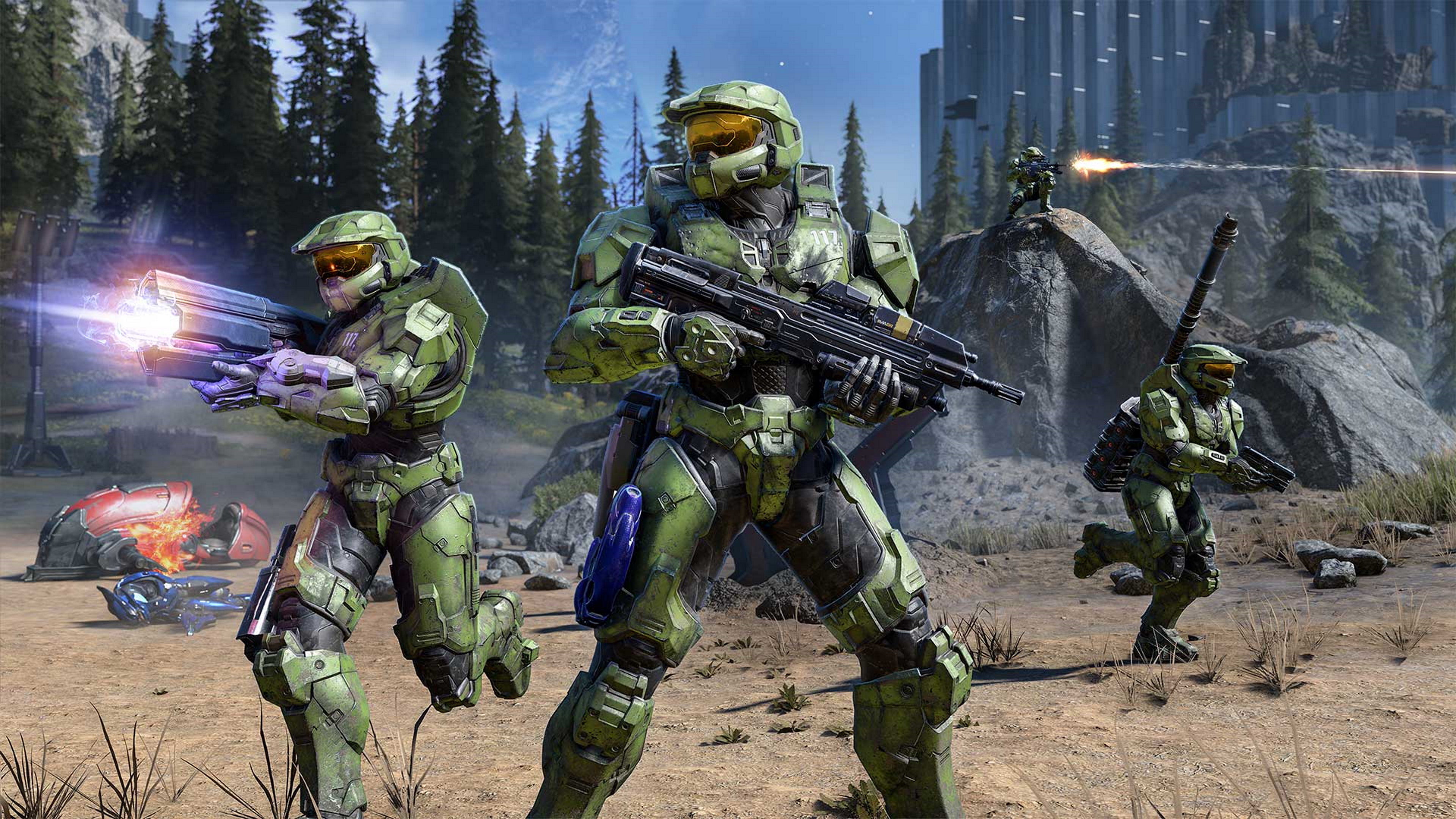
(opens in new tab)
Developer: 343 Industries | Our review (78%)
Sometimes games are important for what they fail to do. Halo Infinite is both the anti-Doom and the anti-Fortnite, a car that’s been stuck spinning its wheels since release. Contrast Halo Infinite against the long-form release of the Master Chief Collection—half compilation, half desperate bid to get Microsoft’s former top dog off of life support—and it’s clear just how much of a farce the so-called return to tradition of Infinite is. A plodding story bereft of the influence of Heinlein and Clark that’s all Forerunner bullshit all the time, derivative open world design that takes cues from Far Cry in a post-Breath of the Wild world, and a multiplayer mode that just got its April Fool’s update last month, Halo: Infinite is a masterclass in mediocrity other studios should enroll in. It’s a case study of how not to resuscitate a franchise.
I don’t doubt it’s possible to pull Halo Infinite out of its tailspin, but it’ll take more than Forge mode and seasonal cosmetics to put it back on top.

